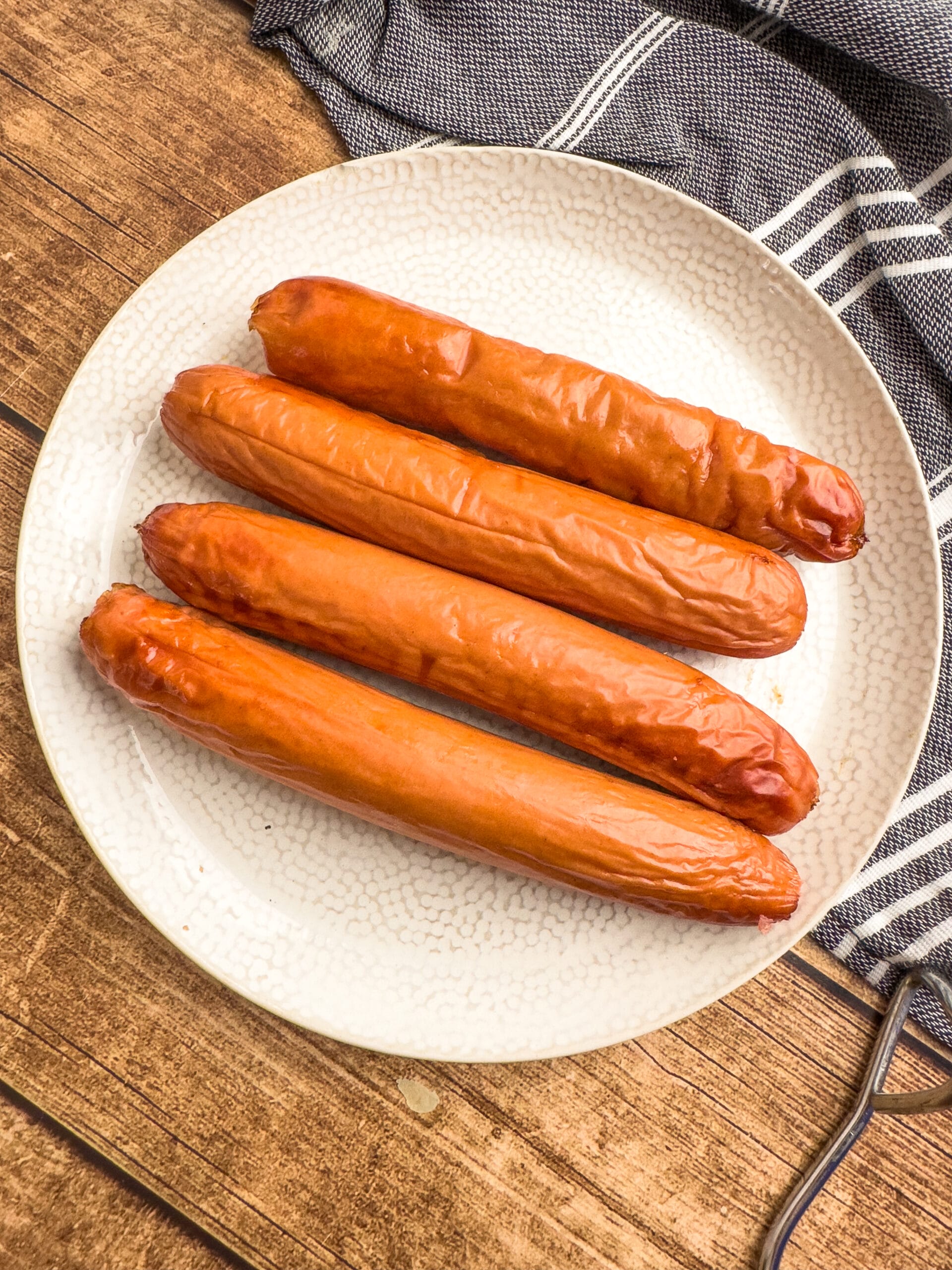I am always scouring the internet and magazines looking for fun activities for the kids. It’s a real plus when I find something that’s also educational, like a wacky science project. It’s a win-win for everyone!
The only downside to wacky science projects like our color changing milk experiment is cleaning up the mess afterward. Fortunately, there’s Clorox Clean-Up Cleaner that makes it a snap to clean up and disinfect with the combination of cleaner and the disinfecting power of Clorox Bleach. It quickly sprays away messy play.
We recently did a color changing milk experiment and got a real explosion of color!
What You’ll Need
Milk (whole or 2%)
Dinner plate
Food coloring (2 – 4 colors)
Dish-washing soap
Cotton swabs

Experiment
1. Pour enough milk to cover the bottom of dinner plate (up to 1/4 inch deep). Allow the milk to settle.
2. Add to the milk one drop each of the food coloring colors you are using. Keep the colors close to the center of the plate of milk.
3. You’ll need a clean cotton swab for this next step. Predict what will happen when you touch the tip of the cotton swab to the center of the milk. Be careful not to stir the milk. Just touch with the tip of the cotton swab. Did anything happen?
4. Next, add a drop of liquid dish soap onto the other end of the cotton swab. Place the soapy end of the cotton swab back in the middle of the milk, holding it there for 10 to 15 seconds. Did anything happen? Did you see a burst of color?
5. Add another drop of liquid soap to the cotton swab and try again. This time touching the milk in a different place. What do you see now? Notice that the colors in the milk continue to move even when the cotton swab is removed. What makes the food coloring in the milk move?
Here’s the science behind it!
Milk, mostly made up of water, also contains stuff like vitamins, minerals, proteins, and tiny droplets of fat suspended in solution. Fats and proteins are sensitive to changes in milk.
The secret of the bursting colors lies in the chemistry of that tiny drop of liquid dish soap. Dish soap, has bipolar characteristics (nonpolar on one end and polar on the other), so it weakens the chemical bonds that hold the proteins and fats in solution (the milk). The soap’s polar (water-loving) end dissolves in water, and its hydrophobic (water-fearing) end attaches to a fat globule in the milk.
The molecules of fat contort in all directions as the soap molecules race around to join up with the fat molecules. This causes the food coloring molecules to be bumped and shoved about, providing an easy way to see all the invisible activity. Eventually, the action stops as the soap becomes evenly mixed with the milk.
Are you interested in learning about more wacky science projects like this? Clorox Clean-Up Cleaner has launched a cool new web site where you can find and share recipes for fun activities to do with your kids. At cloroxrecipesforfun.com, you and your kids can get ideas for science experiments, cooking recipes and arts and crafts projects. Pretty cool, huh? Clorox knows that’s it not just about cleaning up the messes, it’s about making them too!
If you’re like me, always looking for activities to keep the kids busy, you definitely want to check out the new Clorox Clean-Up Recipes For Fun web site!
Ready to get messy with your kids and have a chance at winning $10,000 towards an Ultimate Mess Party? Just head over to Clorox Recipes For Fun and register for a chance at a $10,000 Ultimate Mess Party or daily $100 gift cards just for viewing recipes! I know you have some great recipes for fun to share!
I wrote this blog post while participating in the SocialMoms and Clorox Clean-Up Recipes for Fun blogging program, for 8,000 My SocialMoms Rewards Points. For more information on this program, click here and see the Terms link.

